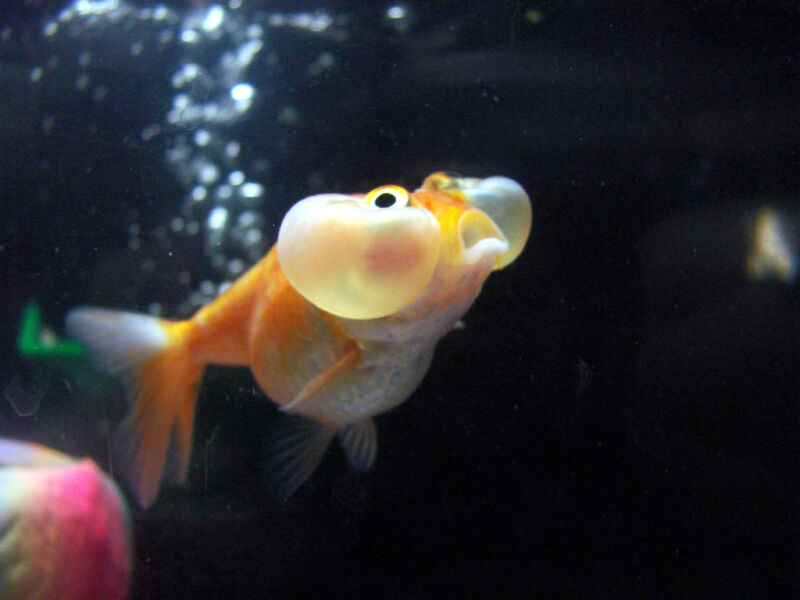The weird genomes of domesticated fish
Ars Technica » Scientific Method 2020-11-06

Enlarge (credit: Jordan Hartig)
Humans have domesticated a large number of animals over their history, some for food, some as companions and protectors. A few species—think animals like rabbits and guinea pigs—have partly shifted between these two categories, currently serving as both food and pets. But one species has left its past as a food source behind entirely. And, in another rarity, it ended up serving not so much as a companion but as a decoration.
We're talking goldfish here, and we've now gotten a look at their genome. And it's almost as weird as the fish themselves are.
A fine kettle of fish
It's worth stopping for a moment to consider just how weird they are within the realm of domestication. They started out just as slightly colored variants of a carp that is otherwise used entirely for aquaculture. We've completely removed them from the food chain and turned them into pets, but they're not the sort of pets that we interact with like a dog or cat, or even a guinea pig. Largely, they just sit there and look decorative. And in the process of making them even more decorative, we've bred a lot of varieties that are far less functional as fish.